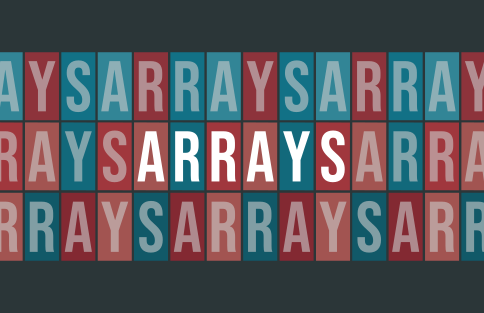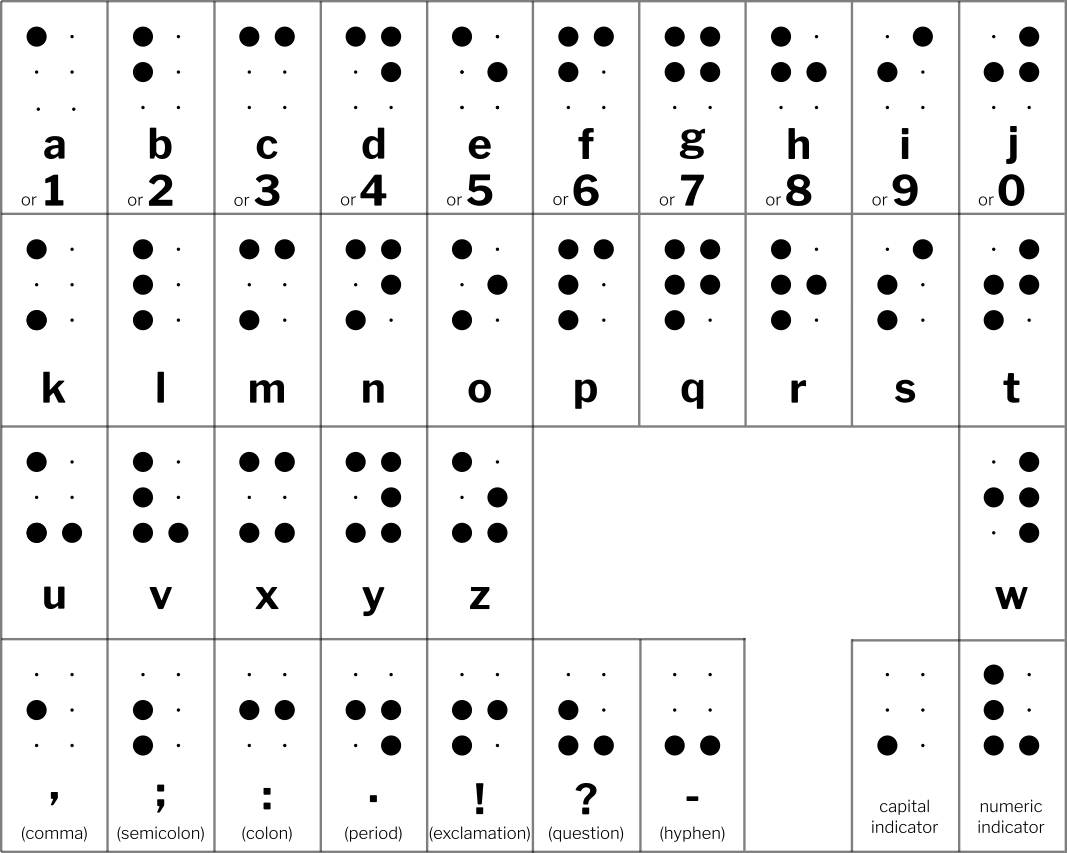 Arrays
Arrays
The purpose of this assignment is to introduce you to programming with one-dimensional arrays.
The StdAudio class uses a sampling rate of 44,100 Hz, which means
that every second of digital audio contains 44,100 samples.
You will use these two array-based functions for reading and playing audio samples:
StdAudio.read(filename) returns a double[] array containing
the samples (between –1 and +1) from the file specified as an argument.
StdAudio.play(samples) sends the double[] array of samples
to standard audio.
Write a program ReverseSoundWave.java that takes the name of
an audio file as a command-line argument and plays it in reverse order.
Your program should
StdAudio.read().
StdAudio.play().
Here are a few sample executions. Before running each example, make a prediction of what you think the reveresed audio will sound like.
~/Desktop/arrays> javac-introcs ReverseSoundWave.java ~/Desktop/arrays> java-introcs ReverseSoundWave A.wav ~/Desktop/arrays> java-introcs ReverseSoundWave AMajorScale.wav ~/Desktop/arrays> java-introcs ReverseSoundWave HelloWorld.wav ~/Desktop/arrays> java-introcs ReverseSoundWave ReverseHelloWorld.wav ~/Desktop/arrays> java-introcs ReverseSoundWave RowYourBoat.wav ~/Desktop/arrays> java-introcs ReverseSoundWave PacMan.wav
Playing music backward can sound creepy or demonic. On the other hand, playing a video backward is a popular effect on social media platforms such as TikTok.
Write a program Superpose.java that reads a number of
sound files (all of the same length) and plays the sound that results
by superposing those sounds together.
Your program should take the names of the sound files as command-line arguments.
~/Desktop/arrays> javac-introcs Superpose.java ~/Desktop/arrays> java-introcs Superpose SynthA.wav ~/Desktop/arrays> java-introcs Superpose SynthC#.wav ~/Desktop/arrays> java-introcs Superpose SynthE.wav ~/Desktop/arrays> java-introcs Superpose SynthA.wav SynthC#.wav SynthE.wav ~/Desktop/arrays> java-introcs Superpose TwinkleMelody.wav TwinkleHarmony.wav ~/Desktop/arrays> java-introcs Superpose PacMan1.wav PacMan2.wav ~/Desktop/arrays> java-introcs Superpose Bell1.wav Bell2.wav Bell3.wav ~/Desktop/arrays> java-introcs Superpose Crane1.wav Crane2.wav Crane3.wav Crane4.wav ~/Desktop/arrays> java-introcs Superpose InvertedSynthA.wav ~/Desktop/arrays> java-introcs Superpose SynthA.wav InvertedSynthA.wav
The resampling works as follows: If the existing sound has \(n\)
samples, then the new sound will have \(\lfloor n / \alpha\rfloor\) samples, and
sample \(i\) of the new sound corresponds to sample \(\lfloor\alpha \cdot i\rfloor\) of the existing sound
(both assume zero-indexing, i.e., that the first entry of the array corresponds to \(i = 0\)). As a reminder,
the floor function \(\lfloor x \rfloor\) returns the largest integer less than or equal to
\(x\). You can compute this function in Java (for non-negative x) by casting x to an integer.
Write a program ChipmunkEffect.java that takes two command-line arguments:
a string filename and a double alpha. Your program should change the speed of the
sound specified by the filename, and play the resampled sound.
Here are some sample executions:
~/Desktop/arrays> javac-introcs ChipmunkEffect.java ~/Desktop/arrays> java-introcs ChipmunkEffect KevinWayne.wav 1.0 ~/Desktop/arrays> java-introcs ChipmunkEffect KevinWayne.wav 1.5 ~/Desktop/arrays> java-introcs ChipmunkEffect SebastianCaldas.wav 1.0 ~/Desktop/arrays> java-introcs ChipmunkEffect SebastianCaldas.wav 1.7
This type of filter is a popular voice effect that you can apply on social media platforms such as TikTok.
Notice the pattern above: the first two rows of the Braille encoding of characters in the same vertical segment are the same; and the third row of the grids in the top, middle and bottom segments have no dots raised, only the left dot raised and both dots raised, respectively. You should use this structure to avoid encoding 26 characters separately.
We will represent \(3 \times 2\) dot patterns as \(3 \times 2\) boolean[][] arrays, where boolean[i][j] is true if there is a raised dot in the \(i\)th row and \(j\)th column (and is false otherwise). For example, the character A is represented by [[true, false], [false, false], [false, false]] and O by [[true, false], [false, true], [true, false]]. The space character ' ' is represented by a grid with no raised dots, i.e., [[false, false], [false, false], [false, false]].
Your task is to write a program BrailleTranscriber.java that receives a String command-line argument and outputs a boolean[][][] array representing the case-insensitive transcription of the string into Braille. In more detail, the \(i\)th element of the array should correspond to the boolean[][] that corresponds to the \(i\)th character of the string. You may assume that the string only contains alphabetic upper- or lower-case characters and spaces.
We include the class BooleansToBraille.java that converts a boolean[][][] array into a formatted string and prints it with the BooleansToBraille.print() method. Here are a few sample executions:
~/Desktop/arrays> javac-introcs BooleansToBraille.java BrailleTranscriber.java ~/Desktop/arrays> java-introcs BrailleTranscriber accessibility o· oo oo o· ·o ·o ·o o· ·o o· ·o ·o oo ·· ·· ·· ·o o· o· o· o· o· o· o· oo ·o ·· ·· ·· ·· o· o· ·· ·· ·· o· ·· o· oo ~/Desktop/arrays> java-introcs BrailleTranscriber "Hello World" o· o· o· o· o· ·· ·o o· o· o· oo oo ·o o· o· ·o ·· oo ·o oo o· ·o ·· ·· o· o· o· ·· ·o o· o· o· ··
Optional: Submit a text file with a string of at most 15 characters in MyString.txt. We'll print its Braille transcription in the Lewis Library Makerspace next to a Princeton shield for you to take as a souvenir of the course! (For example, this is the 3D model obtained from the string "COS125". We'll print the formatted version of the string -- see below -- even if you don't solve the extra credit part of the assignment.)
BrailleTranscriber.java does not faithfully represent capitalization or punctuation. In this part of the assignment, we will augment the transcriber with a small subset of Unified English Braille in order to do so.
In addition to standard punctuation (comma, period, colon, semicolon, hyphen, exclamation and question marks), BrailleTranscriberDeluxe.java should also implement
a through j (the first row of the alphabetic transcription, interpreted as the digits 1 through 0), as well as commas and periods, is interpreted as a number.The complete set of Braille characters and modifiers required for this task is shown below.
Here are a few sample executions:
~/Desktop/arrays> javac-introcs BooleansToBraille.java BrailleTranscriberDeluxe.java ~/Desktop/arrays> java-introcs BrailleTranscriberDeluxe COS125 ·· oo ·· o· ·· ·o o· o· o· o· ·· ·· ·· ·o ·· o· o· ·· o· ·o o· ·· o· o· o· o· oo ·· ·· ·· ~/Desktop/arrays> java-introcs BrailleTranscriberDeluxe Stop! ·· ·o ·o o· oo ·· ·· o· oo ·o o· oo o· o· o· o· o· o· ~/Desktop/arrays> java-introcs BrailleTranscriberDeluxe "35 Olden St." o· oo o· ·· ·· o· o· oo o· oo ·· ·· ·o ·o ·· o· ·· ·o ·· ·· ·o o· ·o ·o ·o ·· ·· o· oo oo oo ·· ·· ·· o· o· o· ·· ·· o· ·· o· o· o· ·o
Submission.
Submit
ReverseSoundWave.java,
Superpose.java,
ChipmunkEffect.java, and
BrailleTranscriber.java; optionally, submit MyString.txt and BrailleTranscriberDeluxe.java.
Also submit a readme.txt file and answer the questions.
Do not use Java features that have not yet been introduced in the course
(such as functions).
Grading.
| File | Points |
|---|---|
| ReverseSoundWave.java | 9 |
| Superpose.java | 9 |
| ChipmunkEffect.java | 9 |
| BrailleTranscriber.java | 9 |
| BrailleTranscriberDeluxe.java | 5 |
| readme.txt | 4 |
| Total | 40 + 5 |
changeSpeed() function from Princeton's Conjunction Function assignment.
The Braille transcribed is inspired by the Braille Translator assignment in Acessibility Education.